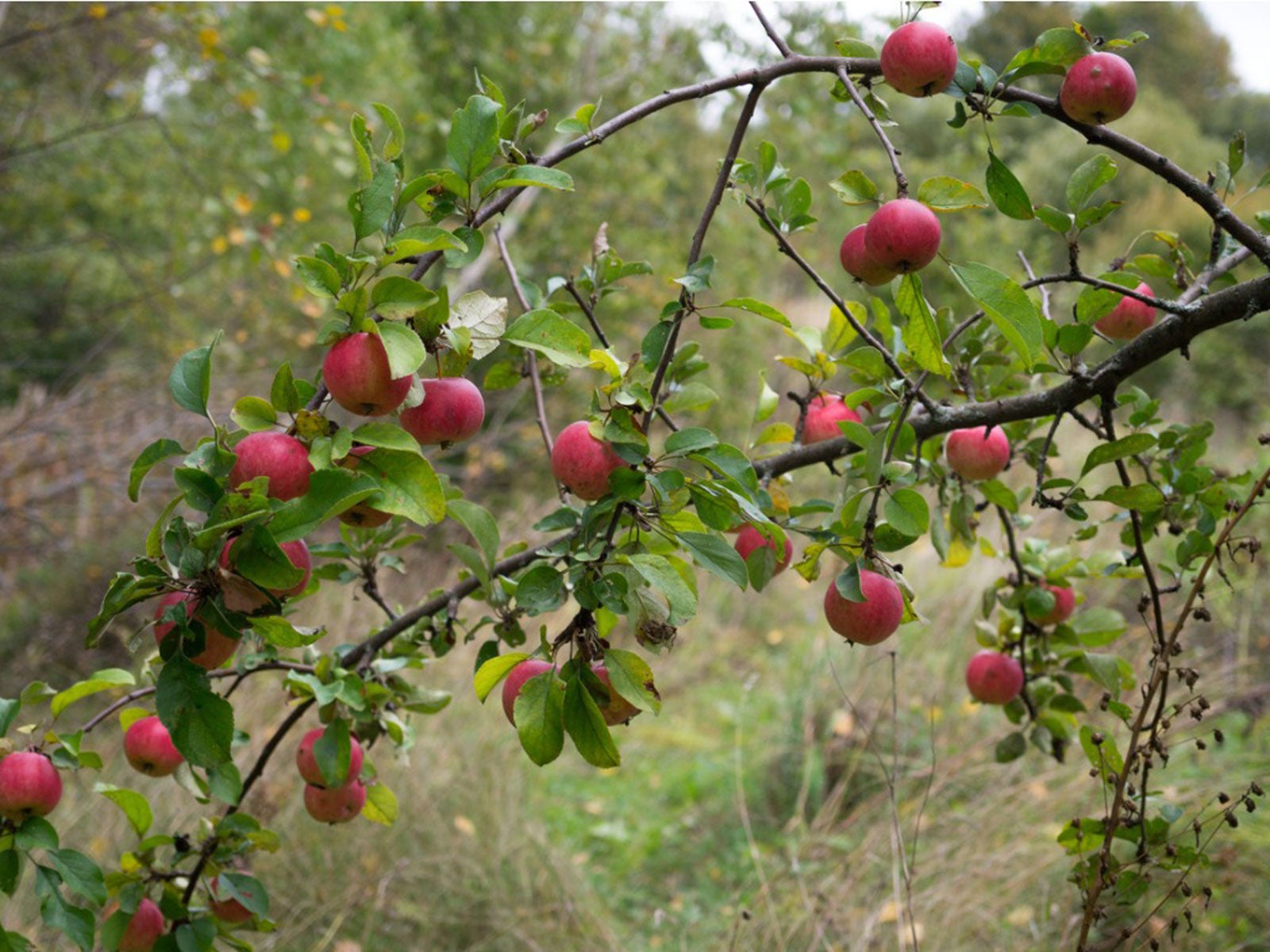Wild Apple Tree Information: Do Apple Trees Grow In The Wild


When out hiking in nature, you may come upon an apple tree growing far from the nearest home. It’s an unusual sight that may raise questions for you about wild apples. Why do apple trees grow in the wild? What are wild apples? Are wild apple trees edible? Read on to get answers to these questions. We’ll give you wild apple tree information and provide an overview of the different types of wild apple trees.
Do Apple Trees Grow in the Wild?
It is entirely possible to find an apple tree growing in the middle of a forest or in another location some distance from a town or farmhouse. It might be one of the original wild apple trees or it may instead be a descendent of a cultivated variety.
Are wild apple trees edible? Both types of wild apple trees are edible, but the cultivated tree descendent will likely produce larger, sweeter fruit. The fruit of a wild tree will be small and sour, yet very attractive to wildlife.
What are Wild Apples?
Wild apples (or crapapples) are the original apple trees, bearing the scientific name Malus sieversii. They are the tree from which all cultivated varieties of apple (Malus domestica) were developed. Unlike cultivars, wild apples always grow from seed and each one is genetically unique, potentially tougher, and better adapted to local conditions than cultivars.
The wild trees are usually quite short and produce small, acidic fruit. The apples are devoured happily by bears, turkeys, and deer. The fruit can be eaten by humans as well and is sweeter after it is cooked. Over 300 species of caterpillars eat wild apple leaves, and that’s only counting those in the northeast area of the U.S. Those caterpillars feed countless wild birds.
Wild Apple Tree Information
Wild apple tree info tells us that although some of the apple trees growing in the middle of nowhere are, in fact, wild apple trees, others are cultivars planted at some point in the past by a human gardener. For example, if you find an apple tree along the edge of a rough field, it was likely planted decades before when someone actually cultivated that field.
While generally native plants are better for wildlife than introduced cultivars from elsewhere, that is not the case with apple trees. The trees and their fruits are similar enough that wildlife will consume cultivated apples as well.
Sign up for the Gardening Know How newsletter today and receive a free copy of our e-book "How to Grow Delicious Tomatoes".
You can assist wildlife by helping the tree grow stronger and more fruitful. How do you do that? Cut down nearby trees that block the sun from the apple tree. Trim back the apple tree branches to open up the center and allow the light in. The tree will also appreciate a layer of compost or manure in the springtime.

Teo Spengler is a master gardener and a docent at the San Francisco Botanical Garden, where she hosts public tours. She has studied horticulture and written about nature, trees, plants, and gardening for more than two decades, following a career as an attorney and legal writer. Her extended family includes some 30 houseplants and hundreds of outdoor plants, including 250 trees, which are her main passion. Spengler currently splits her life between San Francisco and the French Basque Country, though she was raised in Alaska, giving her experience of gardening in a range of climates.